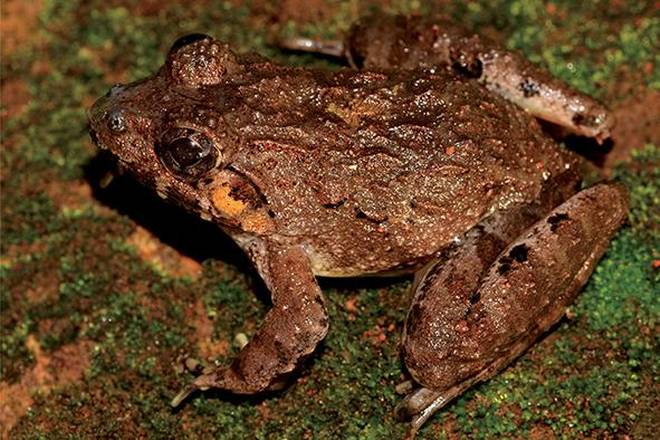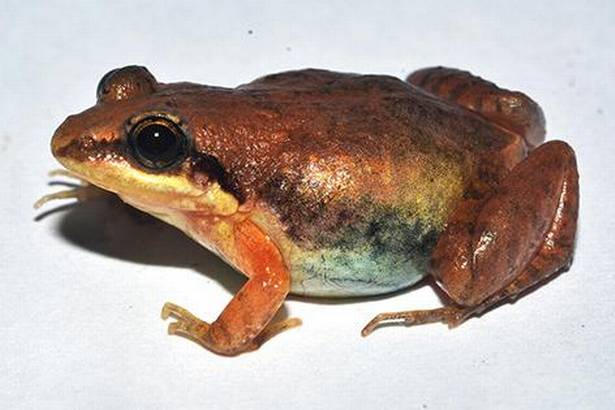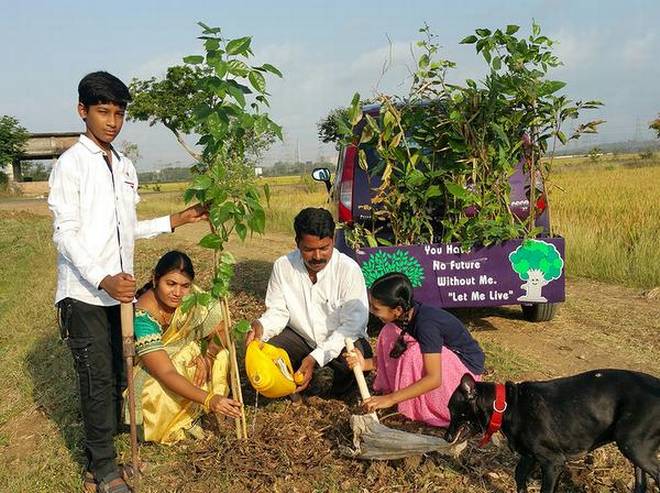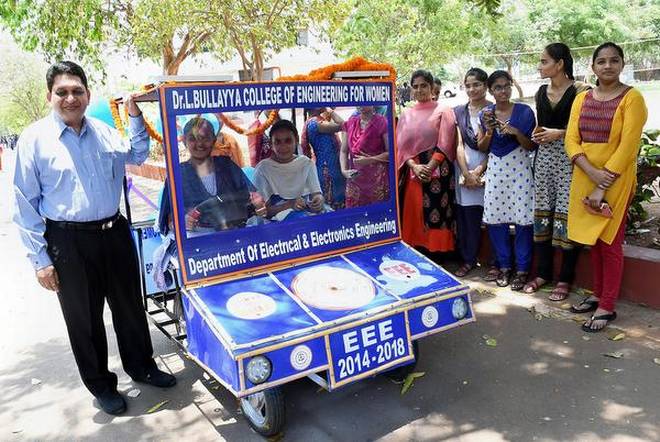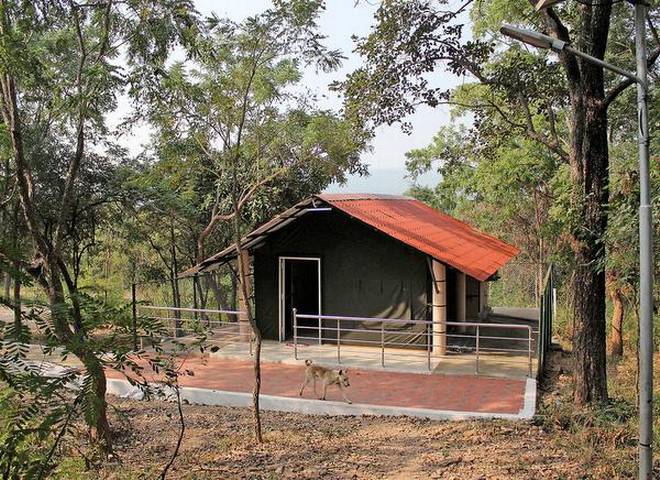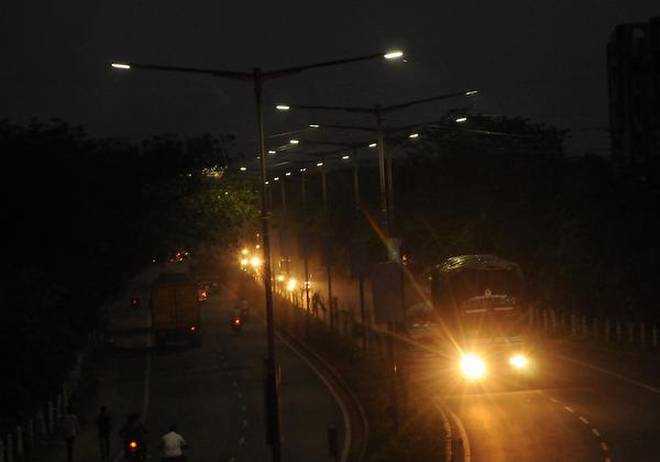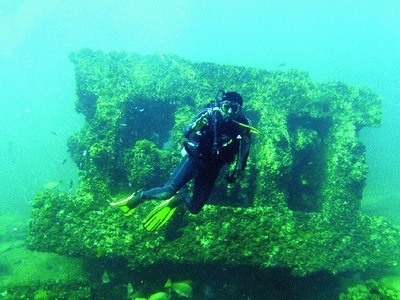ZBNF is considered ‘zero budget’ because costs of raising the main crop are offset by the income that farmers earn from intercrops.
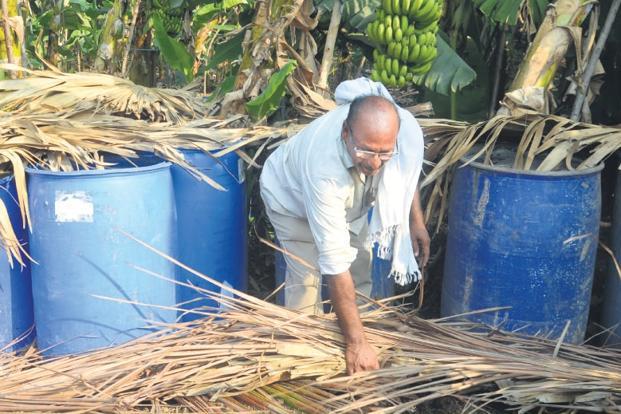
Vijaywada/New Delhi:
About three years ago, Pawan Kumar, working as an IT professional at Hyderabad, decided to quit his job and return to his village to become a farmer. His father, a small farmer in West Godavari district, tried to discourage him but Kumar who had read about a new method of “natural farming” would not listen.
“My mother cried a lot… they told me no girl would marry a farmer but I am happy I came back. My father was initially reluctant to let me farm even an acre, but now he has allowed me to convert all five acres to natural farming,” says Kumar, 26.
Kumar is among 163,034 farmers in Andhra Pradesh practising zero-budget natural farming or ZBNF, where chemical fertilizers and pesticides make way for locally available cow dung and cow urine, jaggery and pulse flour. These are used to make a fermented culture which stimulates microbial activity in the soil, promoting better plant growth and protect crops against pest attacks.
Mulching, or covering the top soil with crop residues to increase water retention and supply the soil with essential nutrients; and intercropping, say coconut farms with cocoa or banana plantations with yams and pulses are also integral to ZBNF. The method was pioneered by Subhash Palekar, an agriculturalist from Maharashtra and a Padma Shri awardee from 2016.
On 2 June, the Andhra Pradesh government launched an ambitious scale-up of the ZBNF programme to take it to 6 million farmers by 2024. The programme will be promoted by a specialized wing of the government called Rythu Swadhikara Samstha. An interesting innovation here is that the agency has recruited over 100 natural farming fellows—agriculture graduates who are paid ₹30,000 a month to demonstrate the benefits of ZBNF by taking up farming in rented plots and staying in villages to answer farmers’ queries.
The programme will be financially assisted by the Sustainable India Finance Facility (SIFF)—set up jointly by the United Nations Environment Programme, the World Agroforestry Centre and BNP Paribas—with targeted investments of ₹16,000 crore over the next six years.
“Our core objective is to scale investments in sustainable and climate-resilient agriculture that are transformative at many levels… we believe the target set by Andhra Pradesh is achievable, but this will require creation of a ‘natural farming’ brand to help market the produce and earn a better value for farmers,” said Satya Tripathi, chair of SIFF.
Driven by the promise of ZBNF, N. Satya Narayana, a farmer from Dommeru Village in West Godavari district converted all of his six acres of banana farm to natural farming last year. “Last month when a hailstorm flattened other farms, mine was unaffected as the plants were strong,” Narayana said, pointing to a bunch of bananas which looked fatter than those grown with chemical inputs. However, some farmers Mint spoke to also said that for field crops like paddy, there is an initial drop in yield which they managed to overcome by selling the produce locally at higher prices.
“Costs come down drastically under ZBNF, but some of the savings are used up by the rise in labour costs to prepare Jeevamrutham (fermented microbial culture which is used as the base fertilizer) and other inputs,” said V. Venkataraman, another farmer.
Crop-cutting experiments, which are conducted to assess yields, showed that ZBNF groundnut farmers’ yields from 2017 were 23% higher than non-ZBNF plots, while for paddy, yields were 6% higher, noted a 2018 brief prepared by the Delhi-based Council on Energy, Environment and Water.
“ZBNF is considered ‘zero budget’ because costs of (raising) the main crop are offset by the income that farmers earn from intercrops,” the brief said, adding, “once implemented across all farmlands, ZBNF can have considerable health benefits for over 50 million consumers in the state, who would be able to avoid exposure to inorganic chemicals present in crops.”
“ZBNF makes nutrients locked up in the soil bioavailable.. so consumers find food from natural farming sources to be tastier… studies have shown presence of vitamin B12 in bottle gourd, something the vegetable is never associated with,” said T. Vijay Kumar, adviser, agriculture to the state government and the chief architect of the programme.
But how is natural farming different from organic farming? “In organic and traditional agriculture, cow dung is used as a fertilizer, in ZBNF it is an inoculum… so, dung from one cow is adequate for up to 30 acres,” Kumar adds.
source: http://www.livemint.com / Home> Politics / by Sayantan Beera / June 12th, 2018
